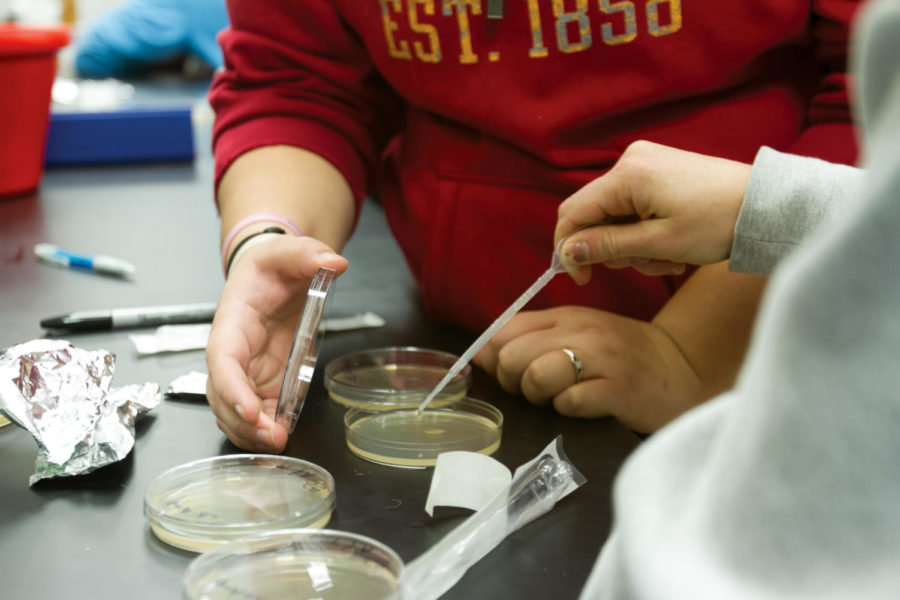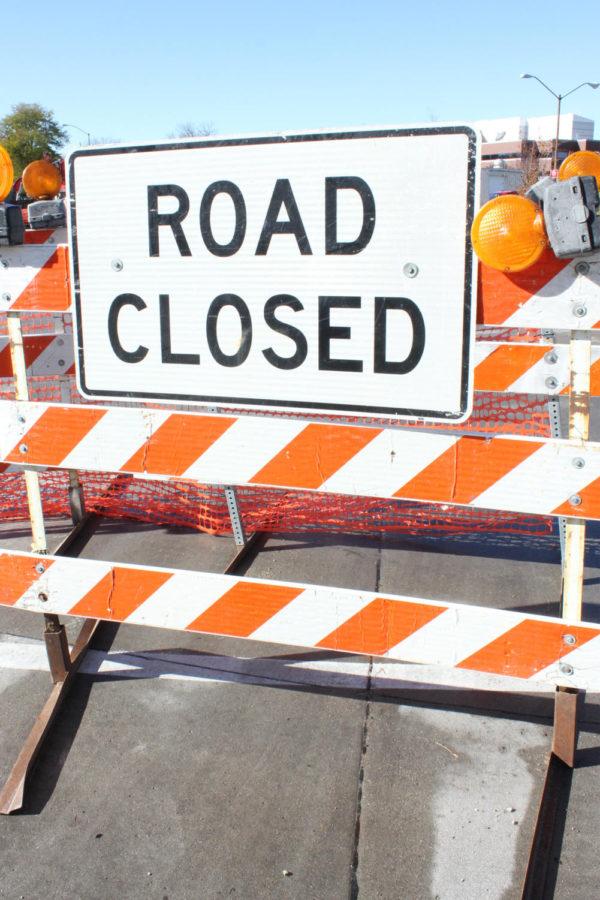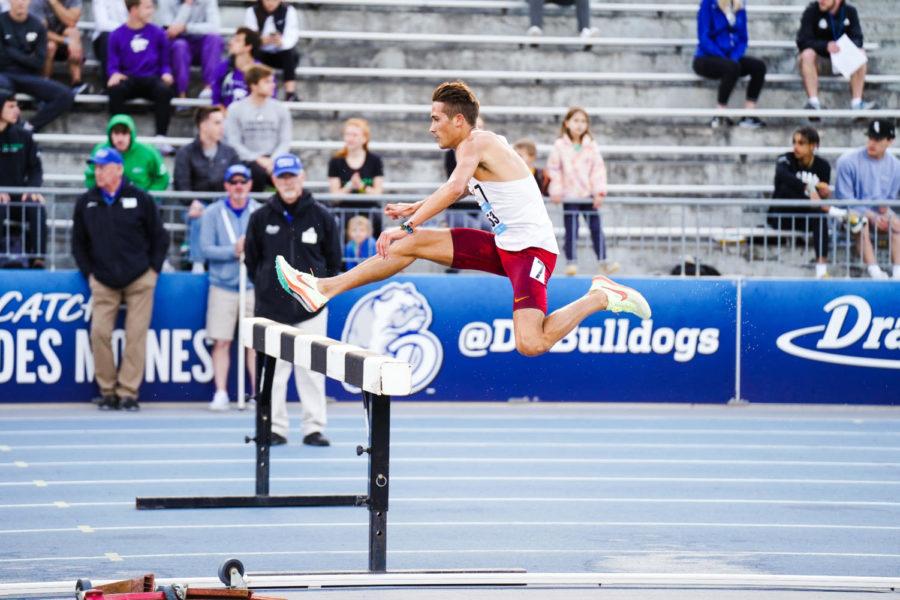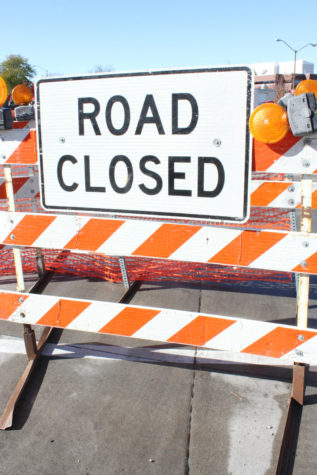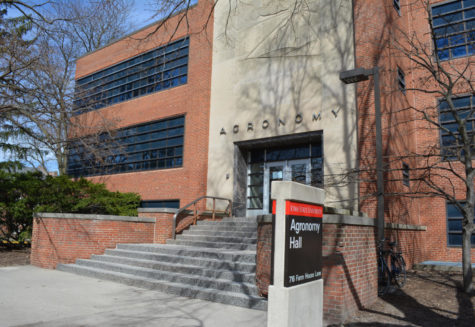Science in the high school classroom sparks the Iowa State adventure
November 14, 2012
ISU Public Education Program in biotechnology, plant seeds for science in middle school and high school classrooms across the state of Iowa by reaching out to students about science and engineering. For some Cyclones, the decision to attend Iowa State for their adventure may have been influenced by the germination of those seeds.
This growth continues past K-12 school classrooms and into college coursework. On Tuesday, an agricultural education preservice group of 24 ISU students attended a transformation lab in ISU-based Biotechnology Outreach Education Center.
Michael Zeller, coordinator for Biotechnology Outreach Education, directed the lab activities.
Zeller started the session with a 15-minute presentation to give a brief history on gene transformation. He highlighted the discoveries and research that scientists have made in recent years about human genomes.
After the presentation, the hands-on training started. Jacob Fox, a lab participant and senior in agricultural and life science education, said the objective of this lab is to test the resistance bacteria develop towards antibiotics.
“It’s beneficial to learn the biotechnology side of things because it’s an important part of agriculture,” Fox said.
Such on-campus lab experiments in the Biotechnology Outreach Education Center were made possible by the ISU Public Education Program in biotechnology.
When the program originally started in 1988, Zeller said every education agency in Iowa was requested to nominate biology and life science teachers who were willing and able to participate in biotechnology training and the teaching workshops called “Teacher-Teach Teacher” endeavors.
The first group consisted of 15 teachers called “master teachers” who were trained by ISU faculty and staff in the most modern techniques that were available.
“I entered that group 20 years ago,” Zeller said. “We trained in workshops over the summer. At the time, we sat down and wrote the curriculum and activities that we could bring into the K-12 [elementary and high school] classrooms.”
Zeller said the program’s growth and success is partially attributed to that first group of teachers. Some of the participants passed on their newfound experiences and knowledge from the workshops to fellow teachers back home who then developed or adjusted their own classroom curriculums.
The public education program started with teachers, but eventually grew to include students in these science workshops.
Zeller said the program expanded to the point where it was finally brought onto the ISU campus in 1997. However, the program experienced growing pains made apparent by the demand for lab testing space.
“In the beginning, we didn’t have
a center,” Zeller said. “We ran around to different labs [on ISU’s campus] just hoping someone would give us some space.”
In response, Zeller said private donors and ISU-based Biotechno-
logy Council provided funding to build the ISU Biotechnology Outreach Education Center. The facility was completed in 1999, and the highly sought-after lab space became a reality.
The center now serves as a headquarters for the various operations running throughout the ISU Public Education Program in biotechnology.
Housing the Free Supply Program and two labs for experiments and workshops, this new facility allowed for unprecedented flexibility.
“We were [originally] committed only to supply programs for teachers,” Zeller said. “[Iowan] teachers trained in our workshops get free supplies and equipment from us. We train and continue to support them with the Free Supply Program.”
The outreach center allows groups to visit the ISU campus for hands-on training.
Allison Jaycox, intern at the Office of Biotechnology and senior in biology, helps Zeller facilitate the flow with the Free Supply Program and lab experiment workshops.
“I do a lot of the [lab setup] and prepare the [free] supplies for shipping,” Jaycox said.
Jaycox said she hopes these
on-site lab experiments will encourage students to pursue science in
their future.
“Teaching science is really hands on,” Jaycox said. “It’s important to encourage not only teachers but also students and show them how cool science can be.”
From the time of the program’s inception in 1988, Zeller calculates the program will have reached about 250,000 students through the Free Supply Program, workshops and on and off campus school visits by the end of 2012.
“When you do a program like this, you get an opportunity to touch [the lives of] more kids,” Zeller said. “That’s what makes it worth it, that’s why I came here.”

